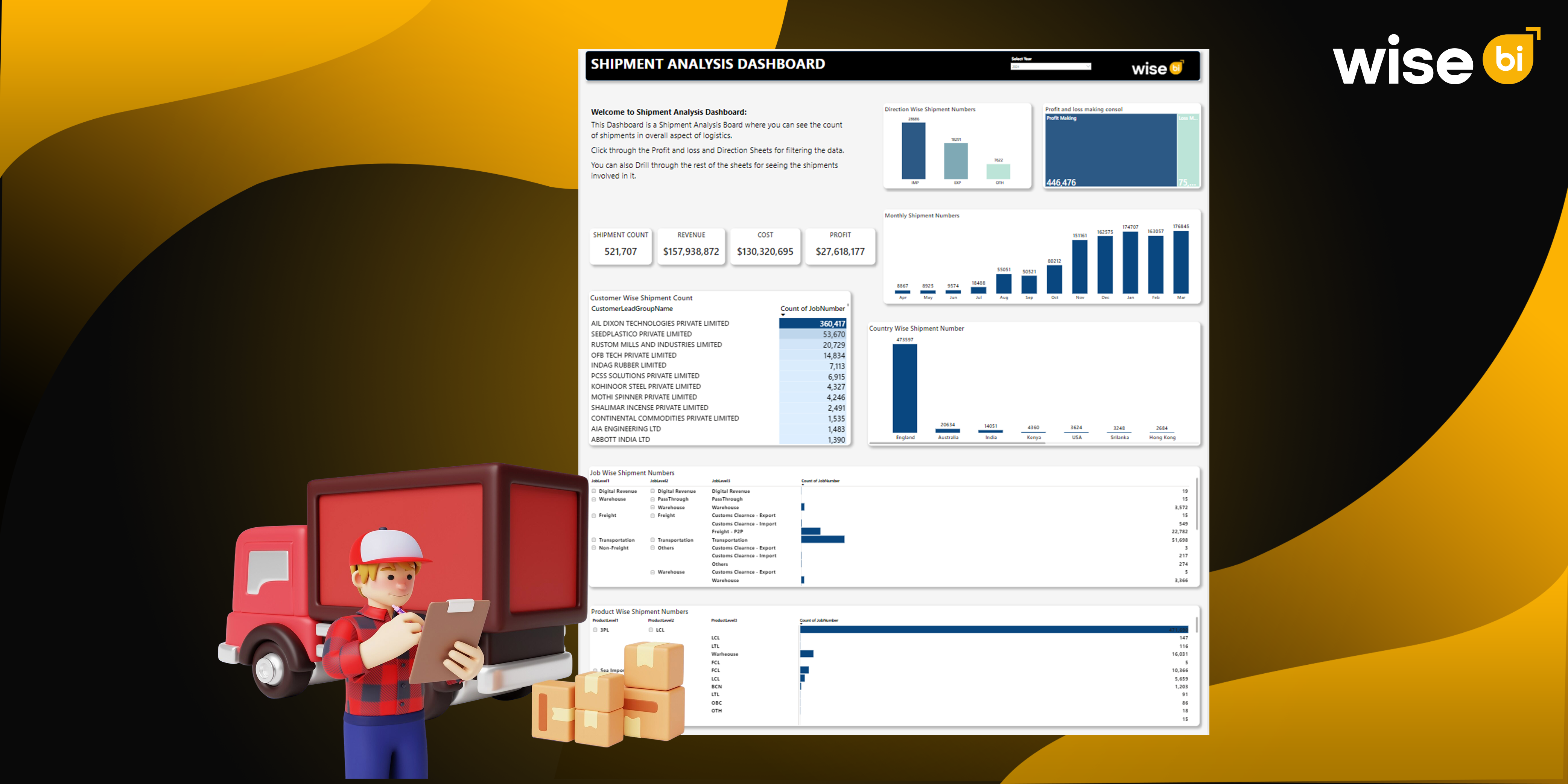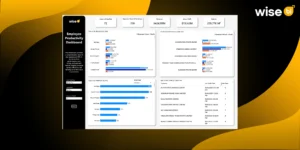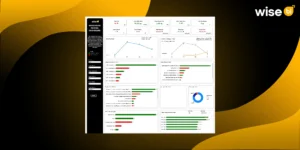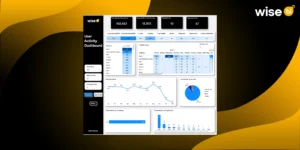The ability to appropriately control shipping costs is important especially when it comes to maintaining profitability as well as successfully managing customer relations. Shipping cost tracking through a shipment analysis dashboard helps reduce costs and improve the efficiency of logistics and overall operation. At this juncture, let us look at the reasons why it is vital to assess the shipping costs, the basic indicators to focus on, and the ways to properly control and analyze the costs.
Why Monitoring Shipping Costs is Essential
Shipping costs can be a substantial source of expense when it comes to business operations. In total, constant monitoring of these costs provides an understanding of various cost factors, as well as the realization of possible cost-cutting measures. Effective tracking does not only aid in budgeting and forecasting, but it also assists in tracking shipping operations to meet the company’s financial targets. Also, it enables businesses to manoeuvre around their prices and achieve higher gratification from their customers due to efficient and affordable shipping expenses.
Key Metrics to Track Shipping Costs
Businesses should consider the following metrics when calculating shipping costs. Such metrics help to manage the overall shipping costs and reveal possible opportunities for cost reduction.
Shipping Rates
Shipping costs depend on the size, weight, destination, and the company that is tasked with delivering the goods. Closely watching the shipping rates can assist the business know the cheap shipping methods and asking for a better rate from the shipping companies.
Fuel Surcharges
Fuel surcharges are extra charges given by carriers to balance the change in fuel costs. It is imperative to monitor these surcharges to evaluate and predict expenses related to shipping.
Accessorial Charges
Other charges include the charges that one is charged for some extra services including residential delivery, lift gate, and inside delivery. By tracking these charges, businesses can address possible inefficiencies that lead to excessive charges.
Freight Classifications
Freight Classifications affect the rates charged for the transportation of commodities and are based on the nature of the goods to be transported. Monitoring freight classifications facilitates the determination of correct charges for cost accounting and bargaining with carriers for better charges.
Delivery Times
Delivery times influence shipping costs and customer satisfaction. Analyzing delivery times through a dashboard enables firms to optimize shipping routes, choose appropriate carriers, and ensure timely deliveries.
Return Costs
Return shipments can greatly raise shipping costs. Tracking return costs enables firms to develop strategies to reduce returns and manage reverse logistics more efficiently.
Strategies for Efficient Shipping Cost Tracking
Implementing effective ways for tracking shipping expenses is important for producing accurate information and saving money. Here are some tactics to think about:
Utilize Shipping Management Software
Shipment management software tracks shipment expenses automatically and provides real-time insights into various cost factors. These solutions provide features like rate comparisons, shipping monitoring, and cost analysis to help organizations make informed decisions.
Implement Data Analytics
Data analytics enables firms to spot patterns and trends in shipping expenses. Businesses can predict future expenses, find cost-saving opportunities, and improve shipping methods using customizable dashboards, visual reports, charts, and other data representations, as well as historical data analysis.
Negotiate with carriers
Negotiating acceptable prices and terms with carriers is critical for controlling shipping expenses. Regular contract evaluation and negotiation can assist organizations in obtaining cheaper rates, lowering surcharges, and improving service levels.
Monitor and optimize
Packaging contributes significantly to shipping costs. Monitoring packaging dimensions and weights ensures that shipments are designed for cost-effective shipping. Using appropriate packaging materials and practices can help to reduce dimensional weight costs while also preventing damage during transportation.
Conduct regular audits
Regular audits of shipping invoices and expenses assist organizations in detecting deviations, invoicing problems, and overcharges. By conducting audits, companies may make sure they are only paying for the services they receive and can recover any overpayments.
Implement a Returns Management Strategy
Return expenses can be considerably reduced by managing them efficiently. Implementing a clear returns policy, streamlining reverse logistics operations, and evaluating return data can help firms reduce return costs and increase customer satisfaction.
Optimize Shipping Routes
Shipping route optimization contributes to shorter delivery times and lower transportation costs. Shipments are guaranteed to be transported through the most economical and efficient routes when route optimization techniques and tools are used.
Evaluate Carrier Performance
Regularly analysing carrier performance allows organizations to verify that carriers meet service level agreements and deliver cargo on schedule and within budget. Performance evaluations provide insights into carrier reliability and cost-effectiveness, allowing organizations to make more informed carrier selection selections.
Tracking Shipping Costs with Shipment Analysis Dashboard
Shipment analysis dashboard is an important tool for monitoring and optimizing shipping expenses. Some significant methods for analysing shipping costs include:
- To calculate the total shipping cost per order, which includes transportation, insurance, preparation, and other expenses. This represents the base shipping cost.
- To consider the advantages and disadvantages of various shipping methods, such as delivery speed, damage protection, and customer service. The lowest choice is not always the greatest long-term solution.
- To analyse shipping costs as a percentage of overall sales to determine how they affect profitability, which varies greatly by industry.
- To track shipping platform utilization and compare customer charge rates to uncover ways to increase shipping profitability.
- To determine average delivery times and discover areas for simplifying shipping processes.
Conclusion
Tracking shipping costs through cargo analysis is critical for controlling logistics costs and improving overall operational efficiency. Businesses can obtain important insights, enhance shipping operations, and save significantly by monitoring key data, using shipping management software, and employing effective cost-tracking tactics. Regular audits, data analytics, and carrier negotiations all contribute to effective cost management, ensuring that shipping operations meet financial objectives and customer expectations.
Are you seeking a comprehensive solution to tracking shipping costs? Wise BI’s powerful BI dashboard for shipment analysis may help organizations maintain profitability, boost customer satisfaction, and remain successful in their operations.




